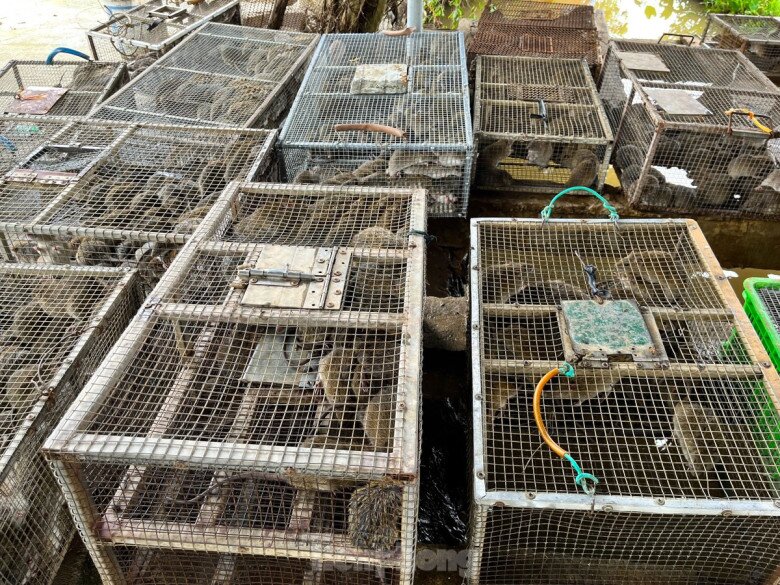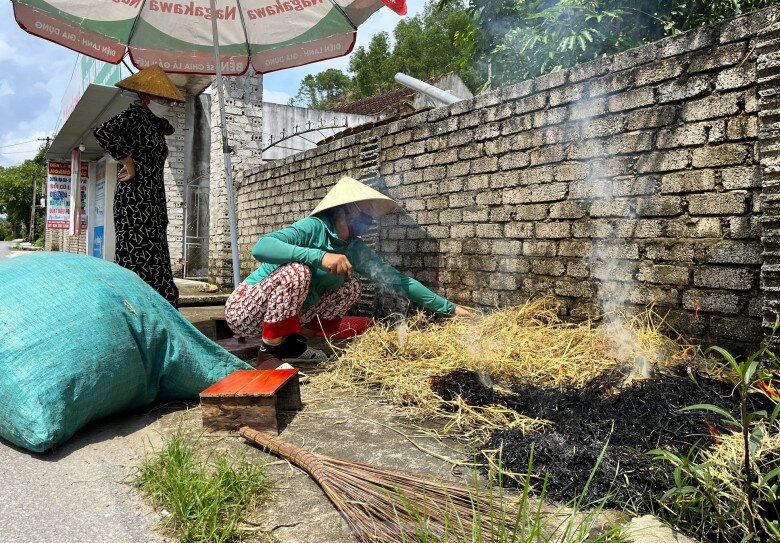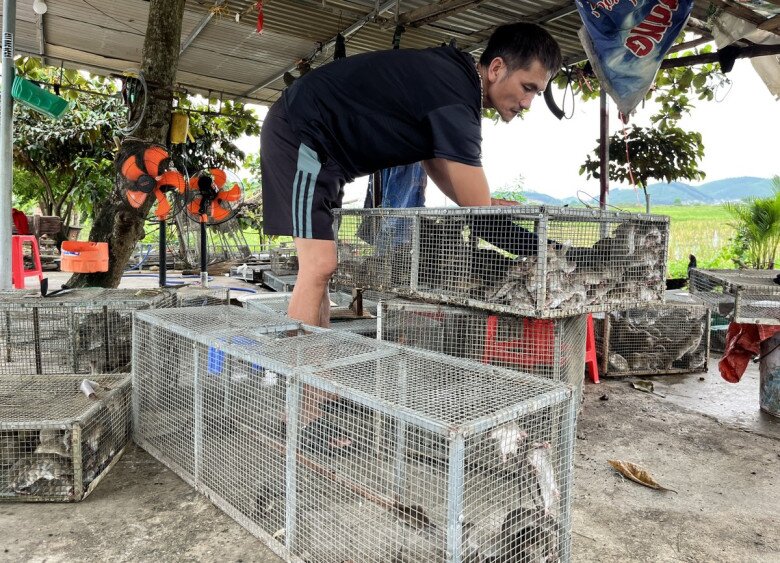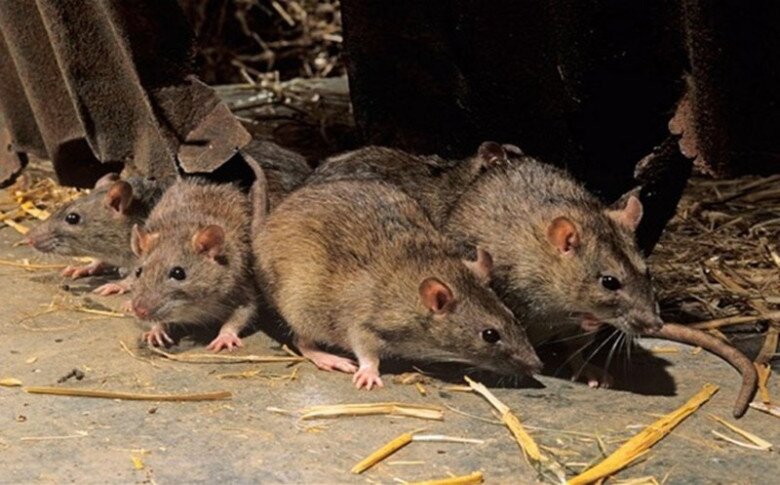The art of catching and preparing field mice in Duc Thanh has been passed down through generations, with its fame spreading far and wide, attracting many customers in search of this unique delicacy. Initially, mice were caught to protect crops and supplement family meals. Over time, locals began selling them by the roadside, giving rise to the area’s distinctive mouse market.

The people of Duc Thanh employ various methods to catch mice, including chasing, trapping, and digging. Trapping is the least labor-intensive method, but chasing yields higher catches, despite being more exhausting. Thus, mouse catchers usually work only about 2-3 days a week.
Late September is the busiest time for the mouse-catching trade in Duc Thanh. Upon visiting the area, you’ll easily spot numerous mouse vendors. Field mice are typically singed with straw to remove their fur. After singeing, they are skinned, and their legs, tails, and heads are removed, making them ready for cooking.
Traditionally, locals prepare field mice in various ways, such as cooking them with lemongrass and chili, making meatballs, or preparing them in a ‘gia cay’ style, a Vietnamese dish that involves slow-cooking meat with a variety of spices. Therefore, processing facilities usually only clean or lightly singe the mice, depending on the customers’ preferences.

To meet the demand, mouse-catching groups actively operate in fields within and outside the province. The peak season is from August to October when the number of field mice is at its highest. On some days, Mr. Mau’s facility purchases more than one ton of mice. The supply of field mice always meets the demand thanks to a stable market.
During rainy and flooded days, the number of caught mice increases as many young men from the commune join the professional hunters. The caught mice are then sorted by size: Grade 1 includes 3-4 mice/kg, while Grade 2 has 5-7 mice/kg.

According to the purchasing facilities in Duc Thanh, it is easy to distinguish field mice from house mice. Field mice are plump, with white belly fur and black back fur, while house mice are skinny, have yellow fur, and emit a foul odor. Hunters typically use traps instead of digging, which helps protect the fields, earning the support of the local people and authorities.
While the mouse-catching trade in Duc Thanh has existed for a long time, it has only flourished as a commodity industry in the last decade. Nowadays, about 200 people in the commune are engaged in this profession, working in fields within the province and in neighboring areas such as Thanh Hoa and Ha Tinh. They usually form groups of 3-4 people and travel for a few days at a time.

Most of the caught field mice are transported live to northern provinces for consumption. A small portion is slaughtered on-site to serve retail customers. The mouse markets in Duc Thanh are bustling in the mornings, resembling a lively fair.
The trade of hunting and selling field mice in Duc Thanh commune not only provides a stable income but also helps protect crops and reduce damage caused by mice. This unique profession showcases the creativity and industriousness of the local people, turning something seemingly simple into an effective economic endeavor. With its potential for growth and market support, the Duc Thanh mouse market promises to thrive, becoming a distinctive feature in the rural economic landscape of Yen Thanh district.






























